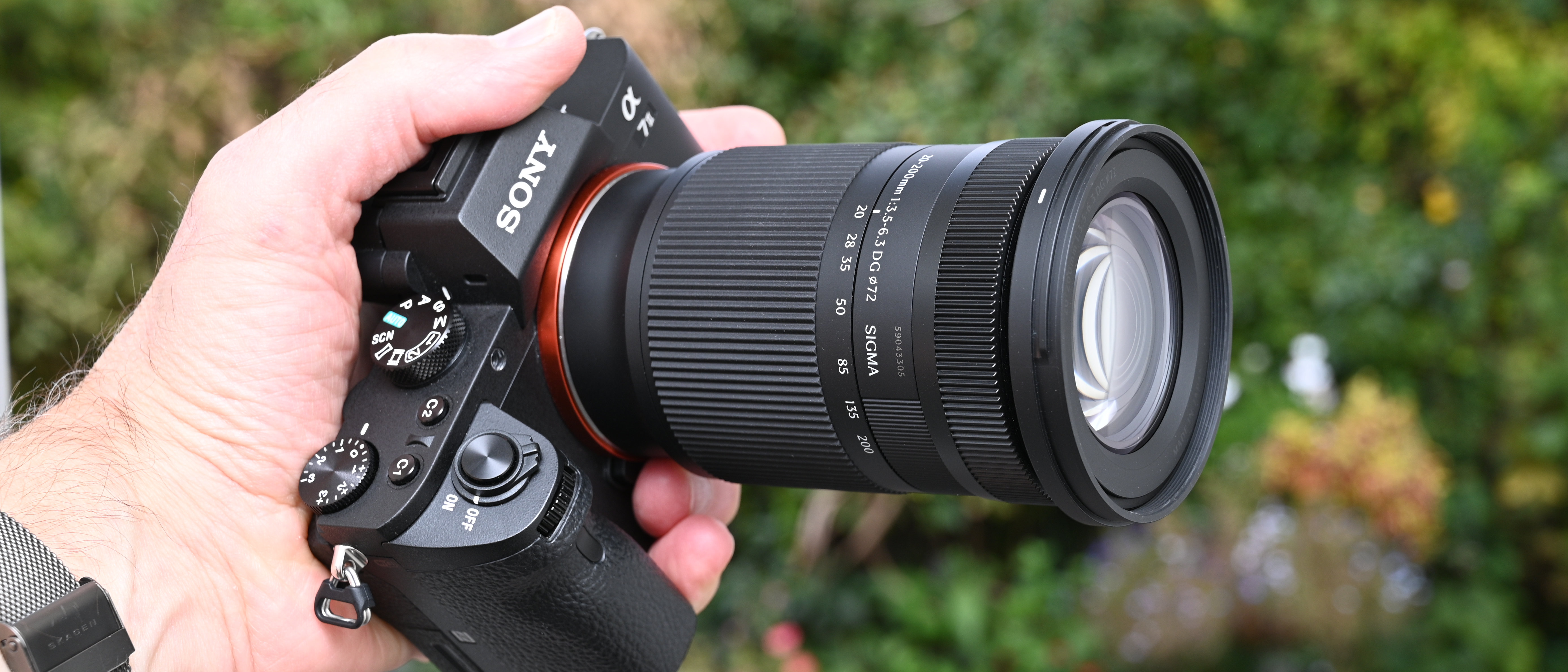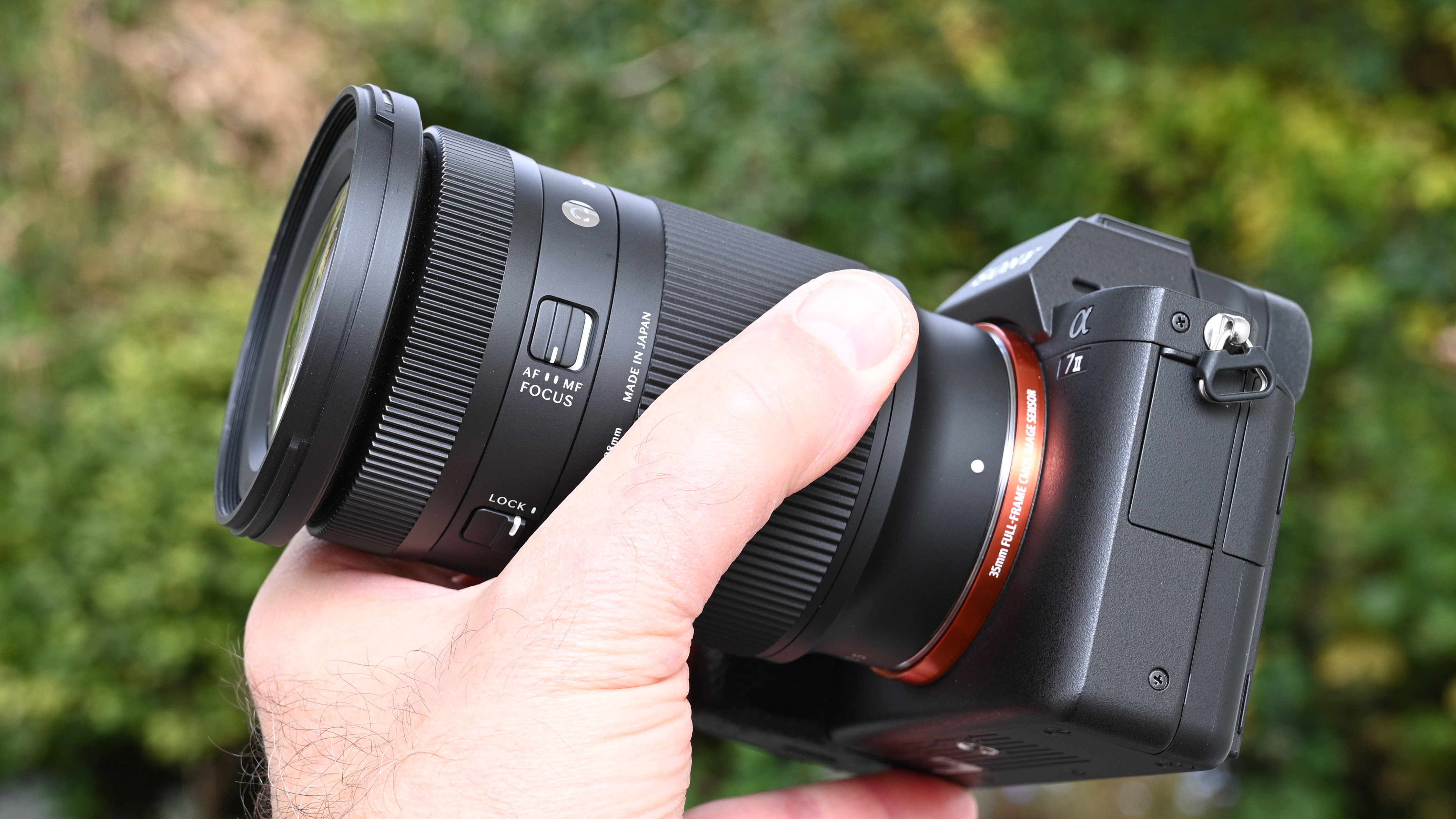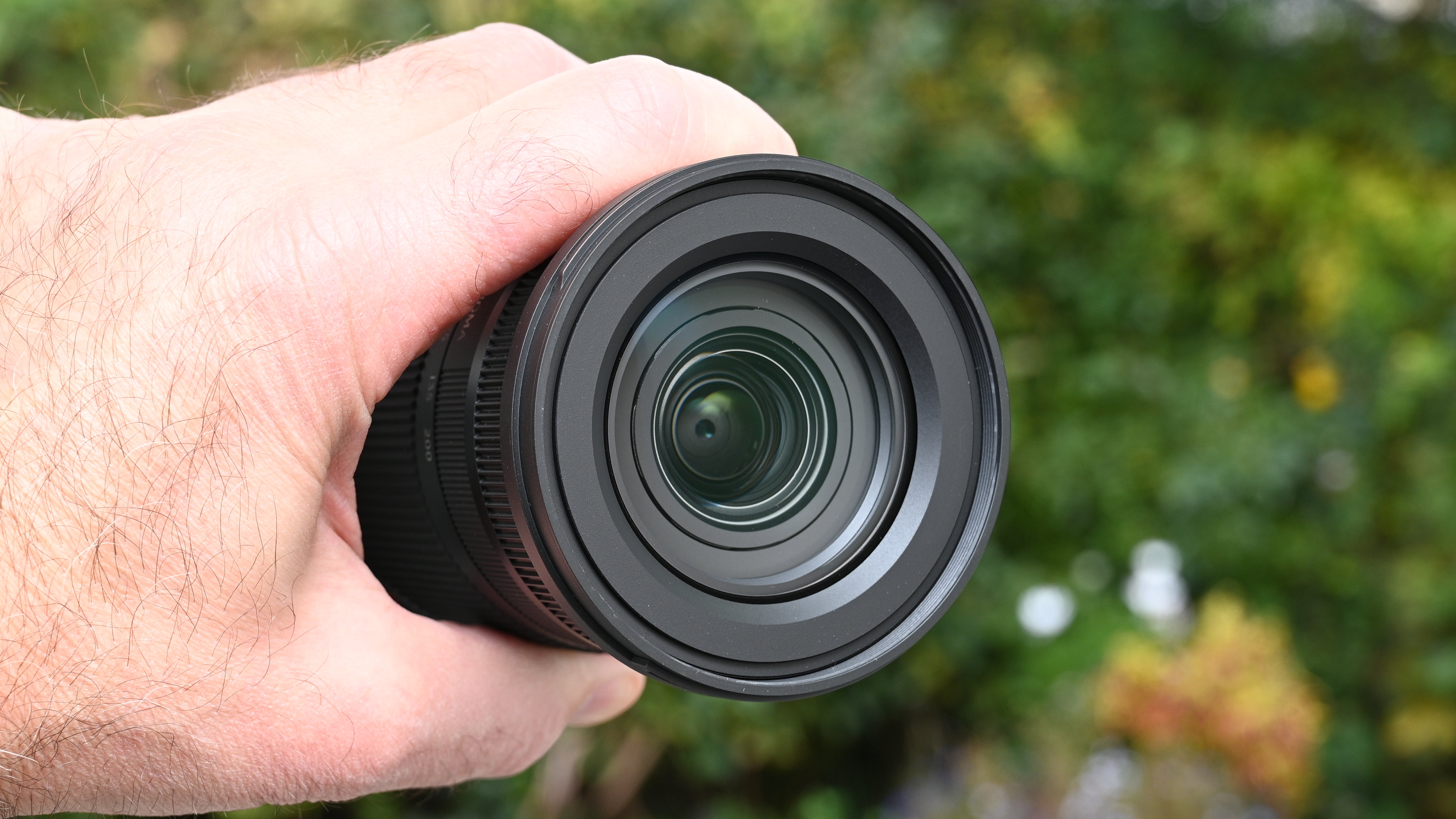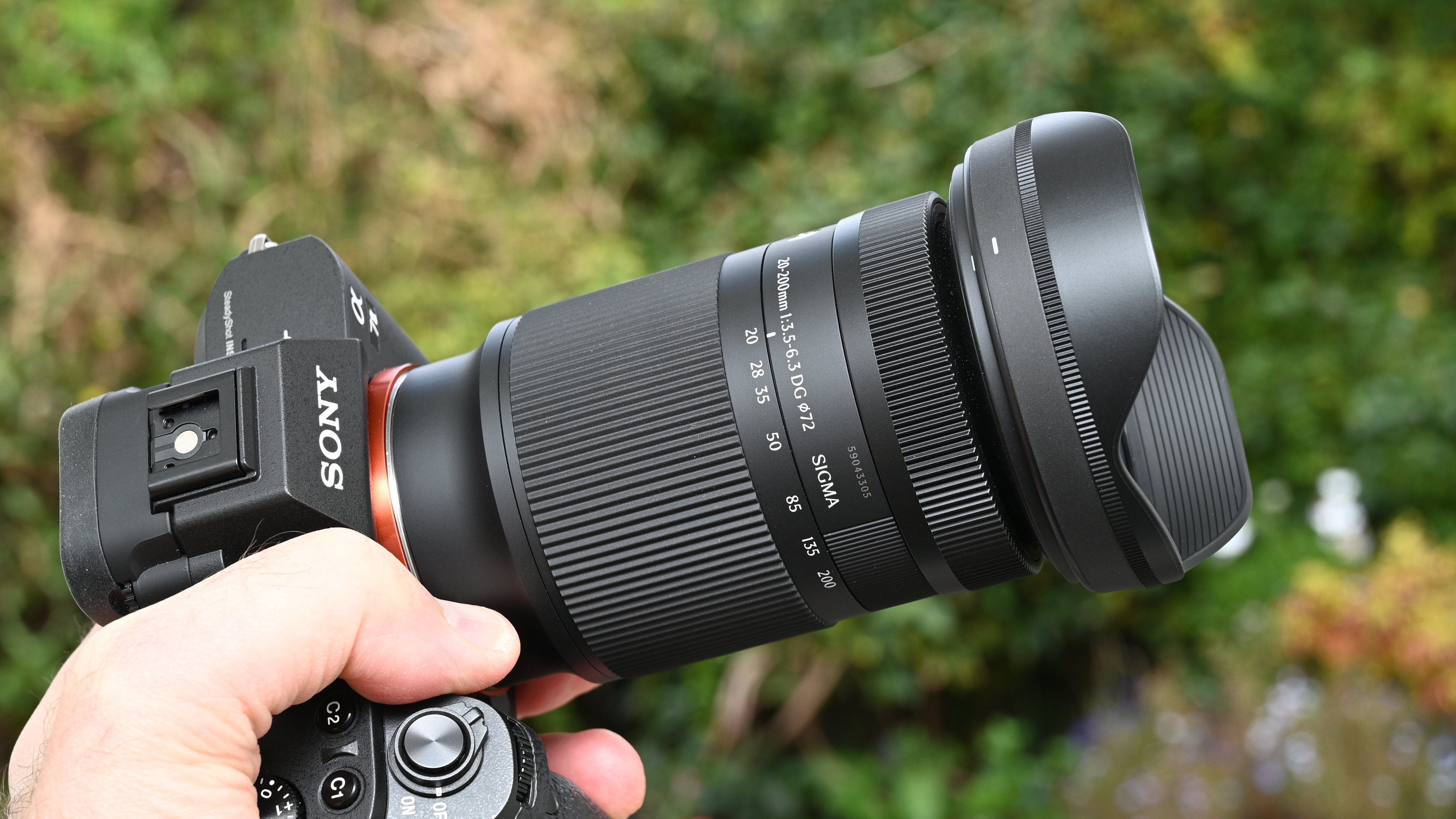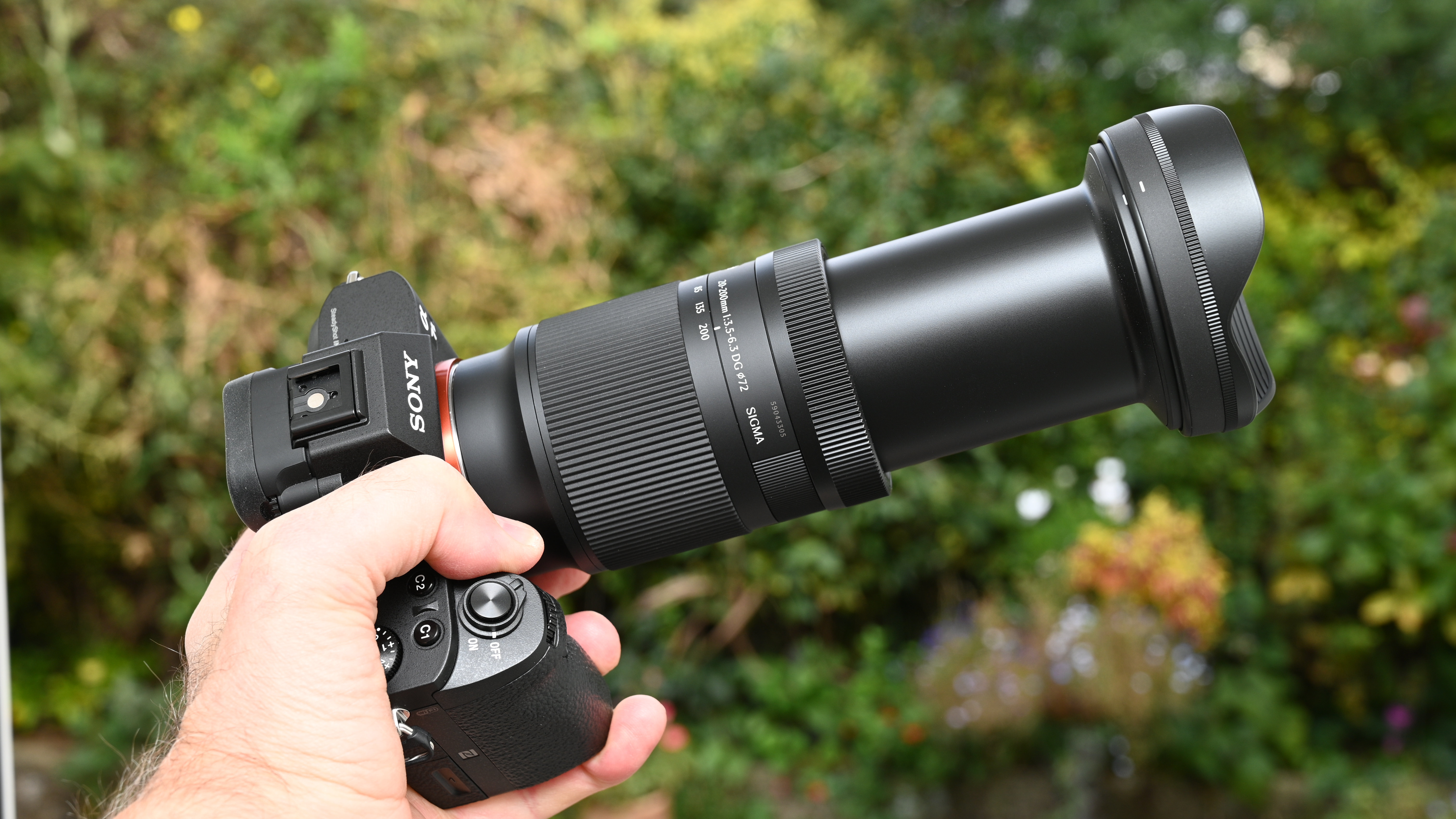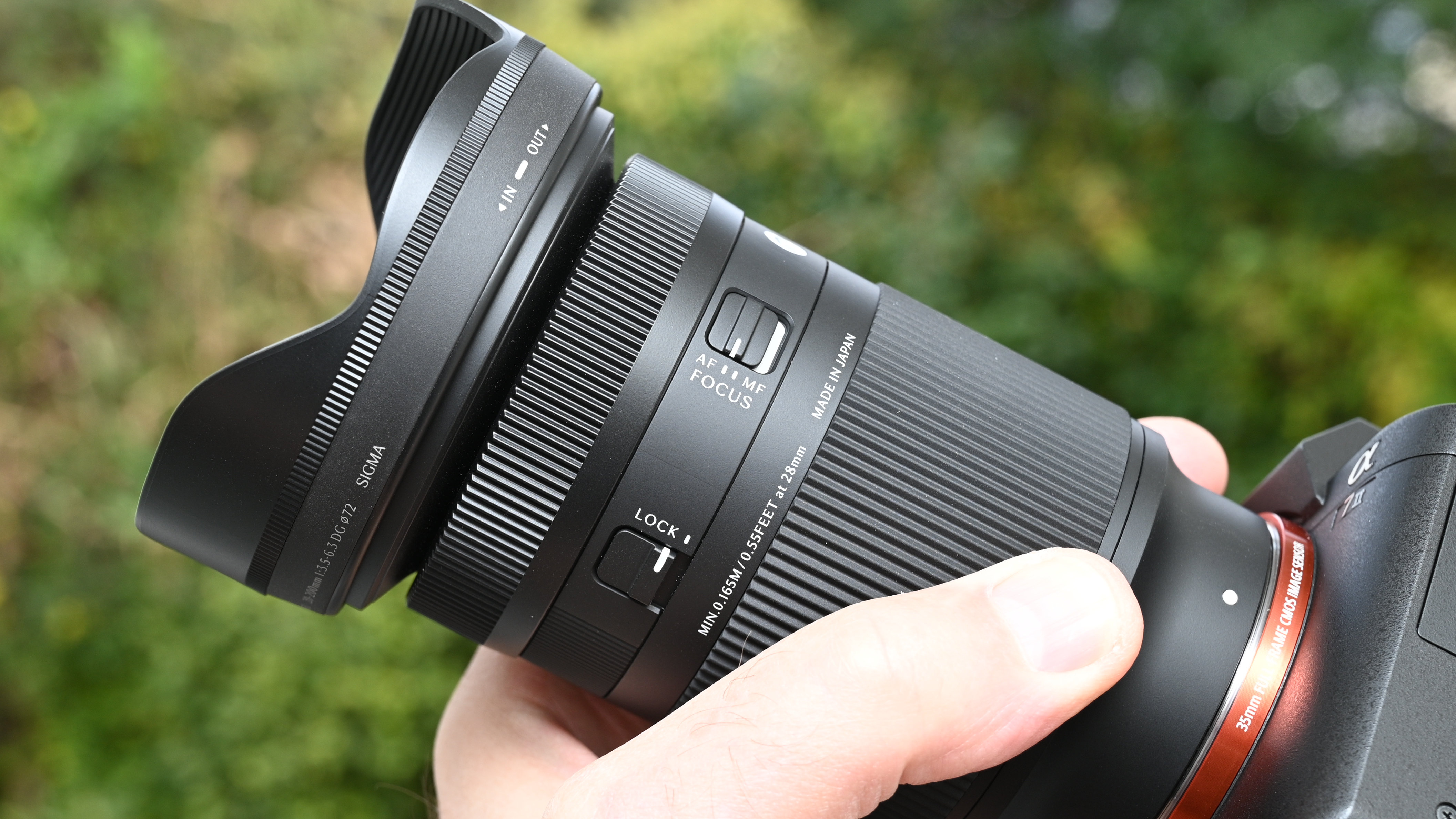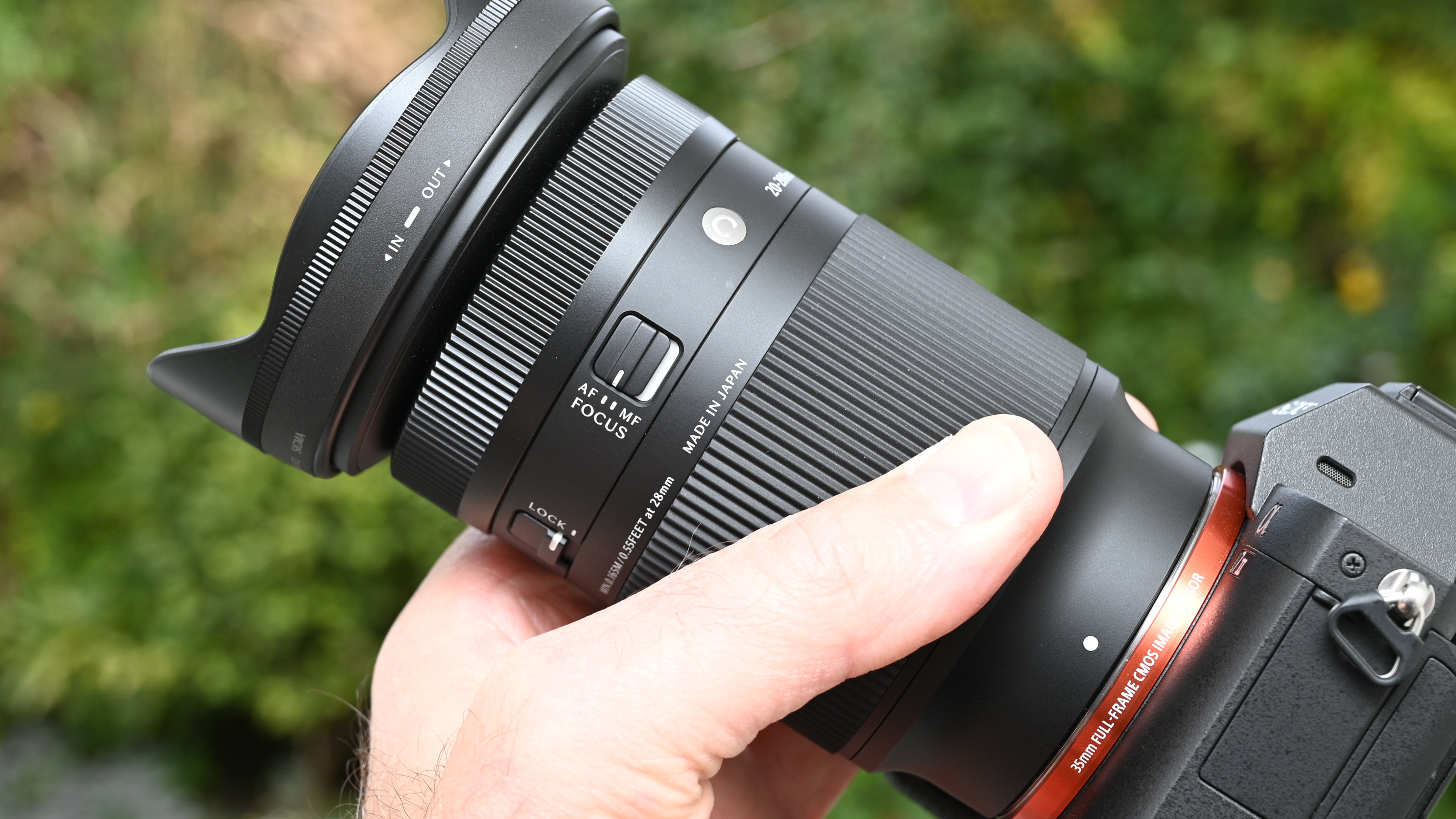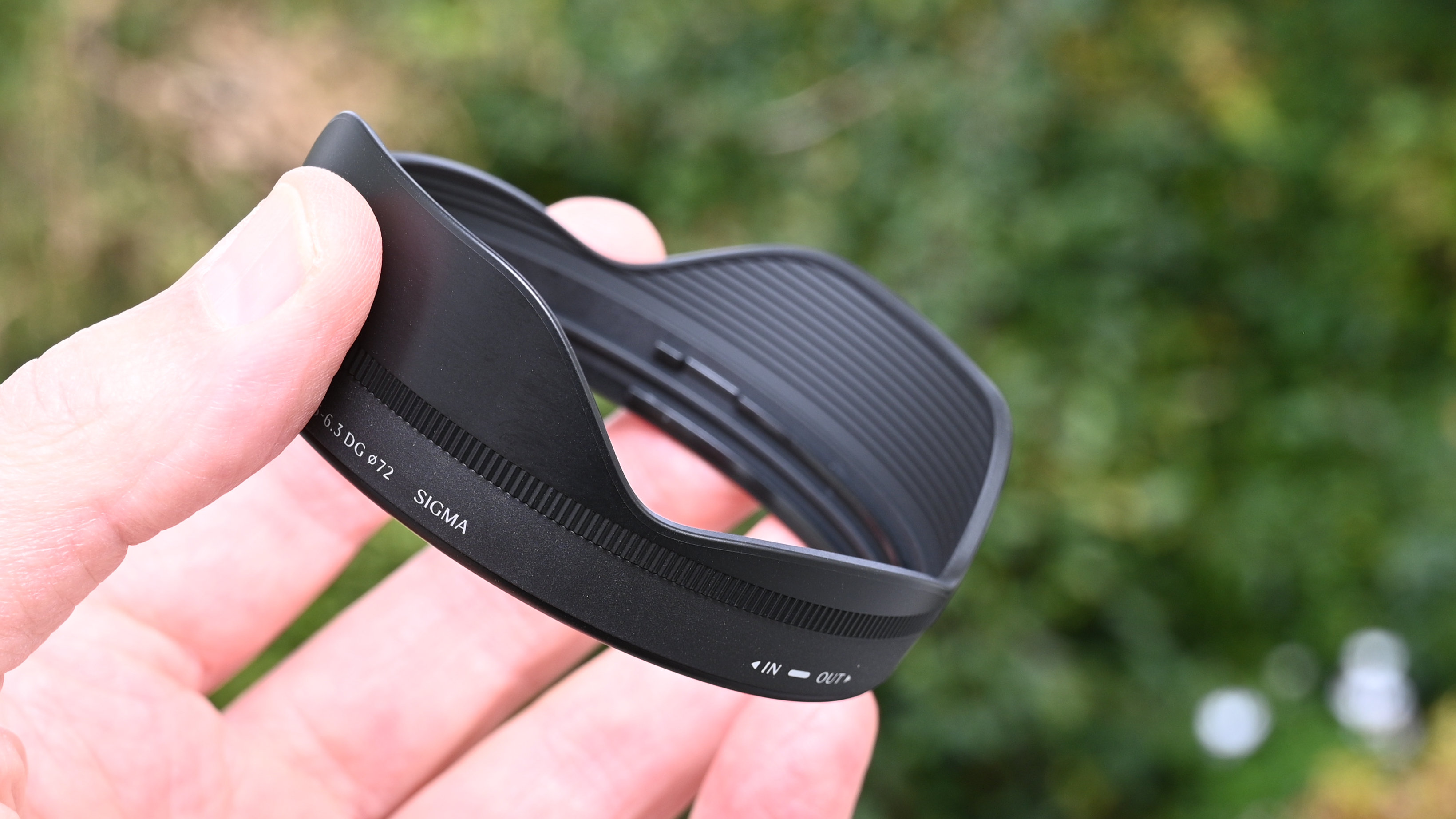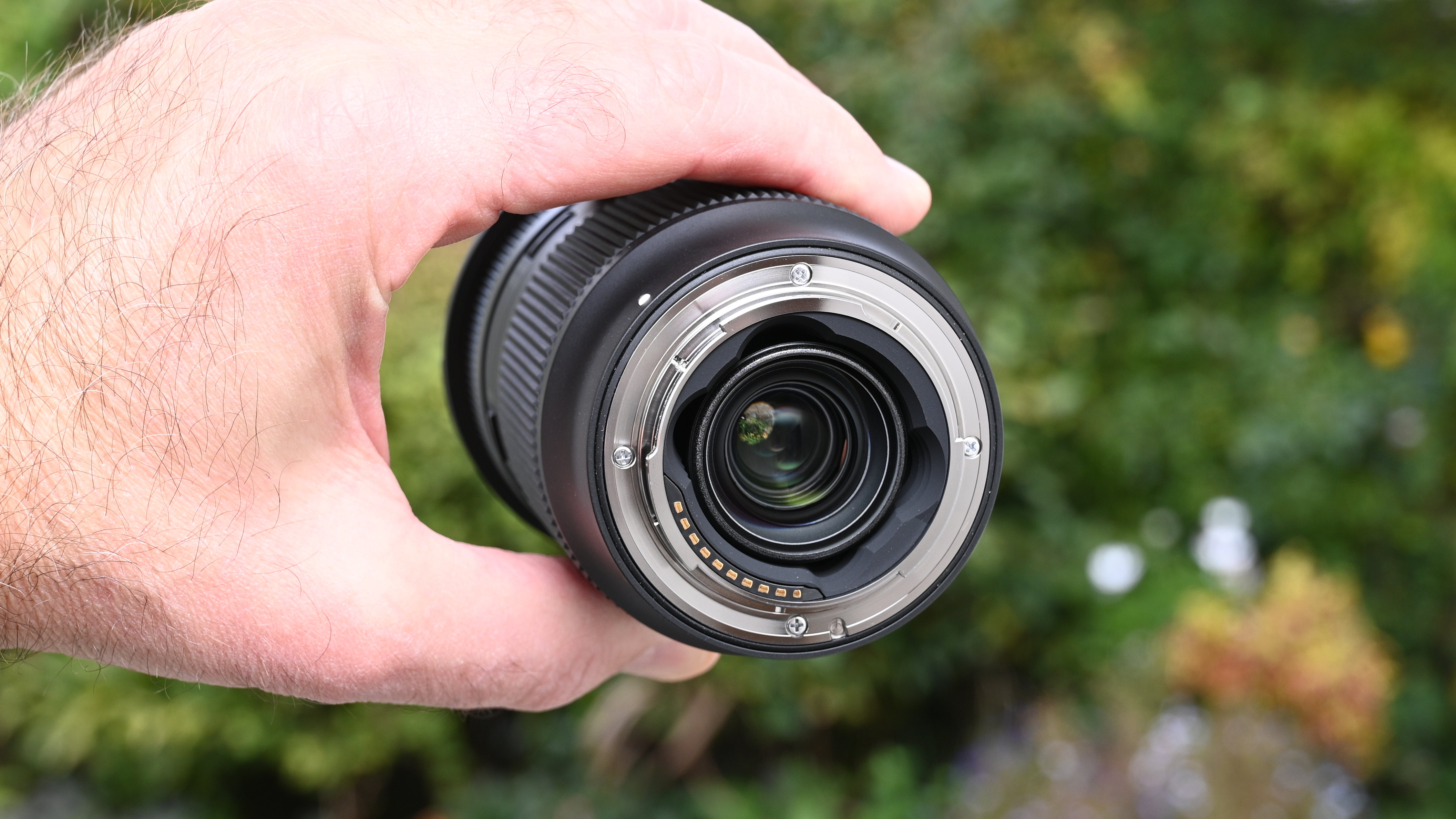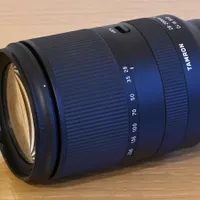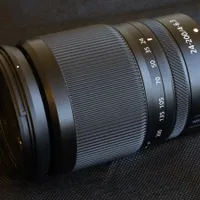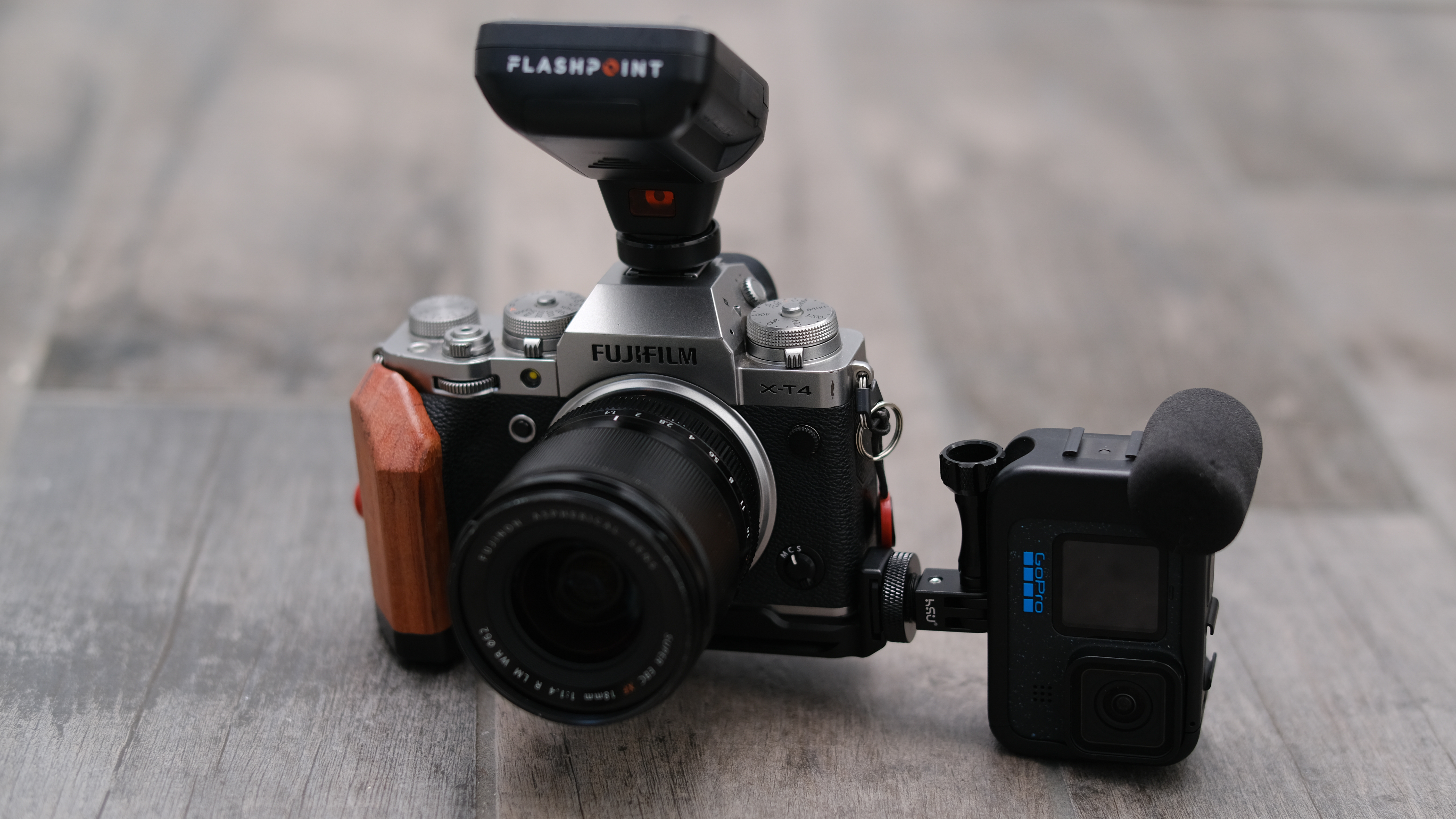Digital Camera World Verdict
For me, the Sigma 20-200mm f/3.5-6.3 DG Contemporary succeeds where other lenses have failed. I’ve used a whole bunch of ‘superzoom’ travel lenses in the past, on both full-frame and crop-sensor cameras, and they’ve always left me wanting more when it comes to wide-angle coverage. You could almost say they don’t come up short enough. This amazing lens goes from an ultra-wide-angle perspective to powerful telephoto reach at the flick of a wrist. Oh, and it also does 0.5x macro. Just how versatile can a lens be?
Pros
- +
Powerful 10x zoom range
- +
Unprecedented ultra-wide coverage
- +
0.5x macro facility
- +
Impressive image quality
Cons
- -
Typically narrow long-zoom aperture
- -
No optical image stabilization
- -
Only available for Sony E and L-mount
Why you can trust Digital Camera World
Surprise! I’ve been reviewing lenses, cameras and photographic gear for 25 years and counting. Am I bored yet? Not in the least and Sigma is one of the companies that I have to thank for that. I’ve long admired Sigma’s ability to think outside the box, dreaming up new lenses that genuinely stand out from the crowd and are sometimes absolute game-changers.
This 20-200mm superzoom joins a flurry of new ‘world-first’ Sigma lenses for Sony E and L-mount cameras. I’ve also recently tested and reviewed the Sigma 135mm f/1.4 DG Art, the Sigma 200mm f/2 DG OS Sports and the Sigma 300-600mm f/4 DG OS Sports, each and every one of them bringing something new and exciting to the market.
Unlike the more vaunted Art and Sports lenses, this ‘Contemporary’ lens is designed with compactness and stylish simplicity written large on the agenda. Back in the good old days of DSLRs, I used and reviewed many superzoom lenses, including the full-frame Nikon AF-S 28-300mm f/3.5-5.6G ED VR, Tamron 28-300mm f/3.5-6.3 Di VC PZD and the frankly enormous Canon EF 28-300mm f/3.5-5.6L IS USM, the last of which I wouldn’t dream of classifying as a ‘travel lens’. The current mirrorless vogue seems to emphasize wide-angle coverage in preference to longer telephoto reach, the Canon RF 24-240mm f/4-6.3 IS USM and Nikon Z 24-200mm f/4-6.3 VR being prime (or rather zoom) examples, although the Nikon Z 28-400mm f/4-8 VR stretches the telephoto envelope. Long story short, none of these lenses gives an ultra-wide-angle focal length at the short end of the zoom range. That’s where the Sigma 20-200mm is so revolutionary, and is sure to become one of the best travel lenses you can buy.
Sigma 20-200mm f/3.5-6.3 DG | C: Specifications
Mount options | Sony E (FE), L-mount |
Lens construction | 18 elements in 14 groups |
Angle of view | 94.5-12.3 degrees |
Diaphragm blades | 9 |
Minimum aperture | f/22 |
Minimum focus distance | 0.17m |
Maximum magnification | 0.5x |
Filter size | 72mm |
Dimensions | 73x116mm / 2.9x4.6" |
Weight | 550g / 1.2lb |
Sigma 20-200mm f/3.5-6.3 DG | C: Price
For the sake of comparison, the Sony FE 24-240mm f/3.5-6.3 OSS, which is also a 10x zoom but with a longer range, costs around $1,348, £719, AU$1,299. Stretching the wide-angle ability to a relatively short 20mm focal length is a technical challenge, so Sigma has done well to undercut the Sony lens for price in the USA, although it’s a little more expensive in the UK and rather pricier in Australia. The Sigma’s current list price is $999, £799, AU$1,799. Another alternative with considerably less wide-angle ability and a smaller overall zoom range is the Tamron 28-200mm f2.8-5.6 Di III RXD, which comes in at $799, $679, AU$1,199.
Sigma 20-200mm f/3.5-6.3 DG | C: Design & Handling
Size matters. If I want a superzoom lens for travel and walkabout photography, I don’t want it to be big and heavy. It’s all very well having the convenience of a single ‘do-it-all’ lens but if it’s a weighty proposition, I’d rather use a small standard zoom and keep a compact telephoto in my travel bag, for if and when I need it. This Sigma 20-200mm actually fits the brief very well, measuring a modest 73x116mm / 2.9x4.6" at its shortest zoom setting and weighing in at an easily manageable 550g / 1.2lb.
During testing, I walked around the streets of Bristol for a few hours and didn’t feel at all burdened with the Sigma hanging off my neck, mounted to my Sony A7 II camera body. Another telltale sign of the lens’s dinky dimensions is that it has a modest 72mm filter attachment thread, which is no mean feat considering the mighty maximum viewing angle of 94.5 degrees.
Even with the petal shaped hood fitted in its forward-facing orientation, the lens looks and feels pretty compact at its most wide-angle zoom setting. It’s nicely turned out and feels solid and robust. The design is straightforward but effective, as I’ve come to expect from Sigma’s ‘Contemporary’ line of lenses.
The best camera deals, reviews, product advice, and unmissable photography news, direct to your inbox!
One thing you can generally expect from superzoom lenses with a big overall zoom range is that one or two telescoping inner barrels will greatly extend the physical length of the lens when zooming from the most wide-angle to the longest telephoto focal length. This Sigma follows suit, the images above and below demonstrating the difference in physical length at the 20mm and 200mm zoom settings.
I’ve often found ‘zoom creep’ to be a problem with superzoom lenses. The lens stretches out as I’m walking around, making it more prone to being knocked, and the focal length can change if the camera is mounted on a tripod and I’m shooting at extreme upward or downward angles. I’m pleased that I didn’t suffer any zoom creep at all with the Sigma and for safety’s sake, there’s a zoom lock switch which you can engage at the shortest zoom length.
I’d usually use this sort of lens in autofocus mode and autofocus itself is impressively quick, thanks to the provision of an HLA (High-response Linear Actuator), or a linear stepping motor by another name. Typical of the breed, it’s also near-silent and enables smooth autofocus transitions when shooting video. The manual focus ring is quite small and fitted at the front of the lens, but it’s there if you need it and is electronically coupled to the HLA system.
The optical path is based on 18 elements arranged in 14 groups, therefore being quite complex. There’s no shortage of specialist glass either, with 4 DS Asp (Double Sided Aspherical), 1 FLD (‘Fluorite’ Low Dispersion, 3 SLD (Special Low Dispersion) elements, along with HR (High Refractive index) elements in the line-up. The overall aim is for high levels of sharpness, clarity and contrast throughout the entire zoom range, with the minimum of unwanted aberrations like color fringing. Complex aspherical elements also help to shrink the physical size and weight of the lens.
I remember a time when Sigma didn’t fit weather-seals even to some of its most up-market lenses. Times have certainly moved on in the company’s ‘Global Vision’ era, and this relatively humble ‘Contemporary’ lens has a moisture- and dust-resistant construction and a weather-seal gasket on its metal mounting plate. It also features a fluorine coating on its front element, to repel moisture and greasy fingermarks, as well as to enable easy cleaning.
Sigma 20-200mm f/3.5-6.3 DG | C: Performance
Some of the older superzoom lenses that I used in my 35mm film and DSLR days were relatively clunky contraptions. By contrast, the Sigma feels very refined with a super-smooth action to its zoom ring, right from one end to the other without catching at any points along the way. I also like that it features an AF/MF focus mode switch, which speeds things up in practical terms, compared with rummaging around in camera menus. I count that as a performance boost, at least to some extent.
What really sets this superzoom lens apart from the crowd is its relatively monstrous wide-angle coverage. It neatly covers off the ultra-wide viewing angle that I’d only usually get by carrying an additional lens in my bag. I’m impressed that sharpness is good right out to the extreme edges and corners of the frame, even at the shortest zoom setting. For the sake of comparison, the example shots above and below were taken of the same scene at the minimum and maximum zoom settings, so you can see the difference in perspective covered by the 20mm and 200mm extremities.
Just as with using the most wide-angle focal length of the lens, sharpness across the whole image frame remains good at the long end. I’ve often found that superzooms with a long stretch of focal lengths tend to drop off in sharpness at the long end, but the image above is comparatively sharp. There’s also good clarity and contrast, considering that the test shots were taken in dull lighting conditions, under a very overcast sky.
Naturally, you can’t really expect one single lens to give you absolutely everything. One facet that’s a bit lacking is bokeh, as the necessarily narrow aperture rating at longer zoom settings can’t deliver a particularly tight depth of field, apart from when shooting close-ups.
Back on the plus side, the HLA autofocus system lives up to its billing. In my tests, it proved very quick, virtually silent, and well able to track moving subjects. Even at the longest zoom setting, I found that autofocus tended to latch onto objects in motion with snappy speed, and then tracked them tenaciously.
A more surprising feature of the lens that I wasn’t really expecting is that it can deliver up to 0.5x macro magnification, thanks to a short minimum focus distance of just 0.17m or 6.7 inches. The shot of the color pencils below is an example of the Sigma’s close-up abilities.
Sigma 20-200mm f/3.5-6.3 DG | C: Sample Images
The following gallery of example images was taken in and around Bristol Docks, in the south west of England. Weather conditions were challenging, as skies were dull and overcast for the whole week that I had the lens. Even so, the Sigma has made light of the task and delivered very pleasing image quality with plenty of punch.

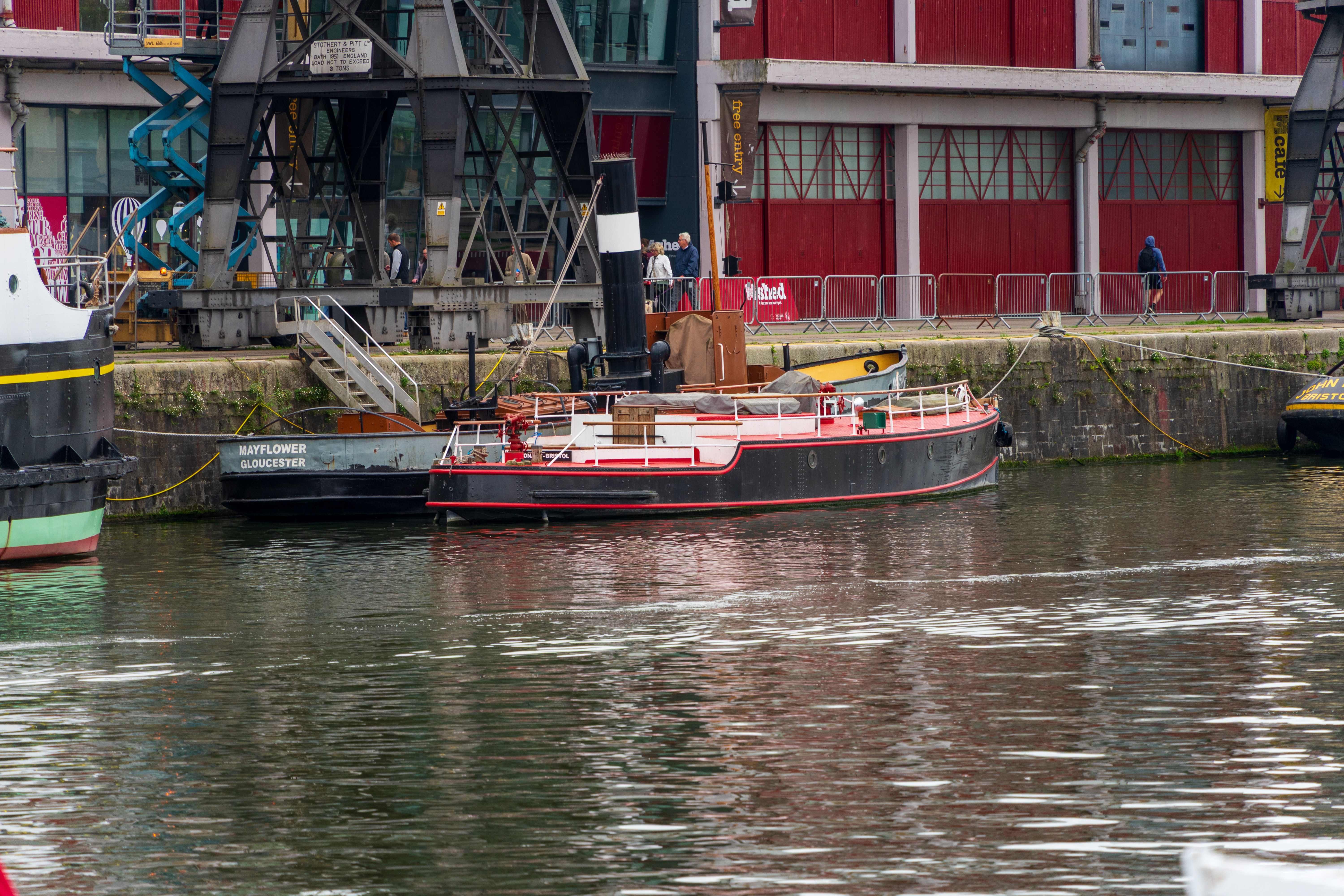





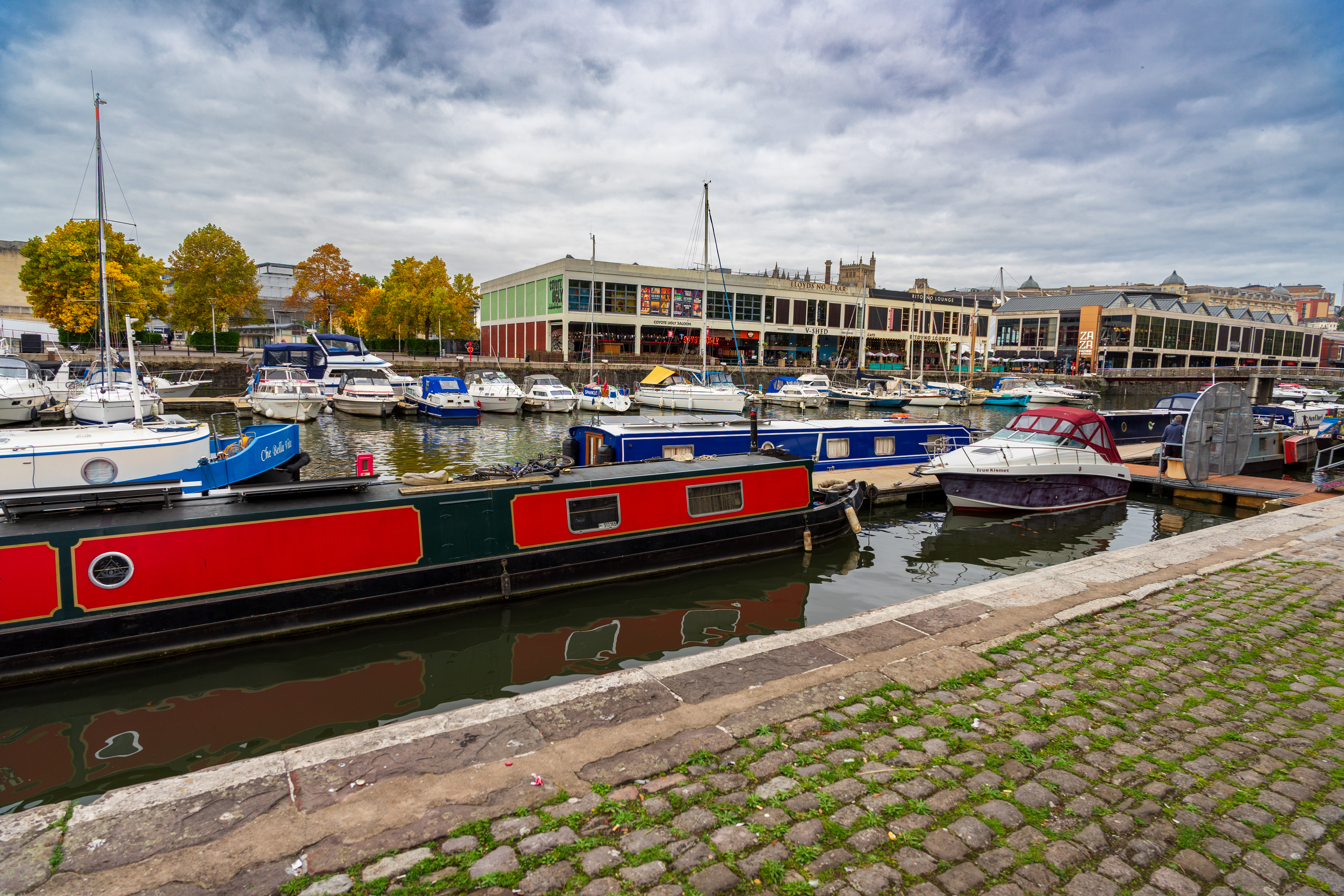



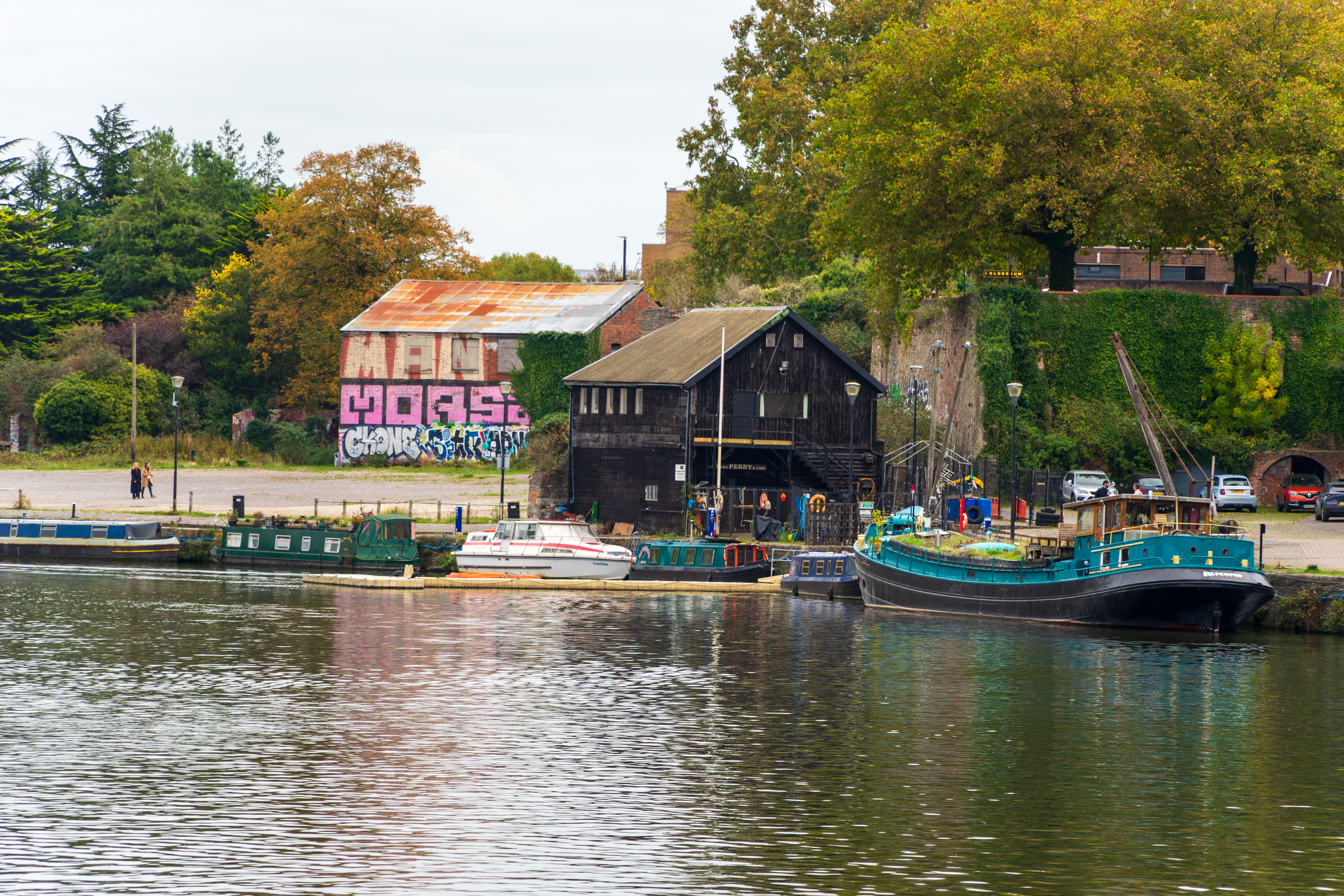







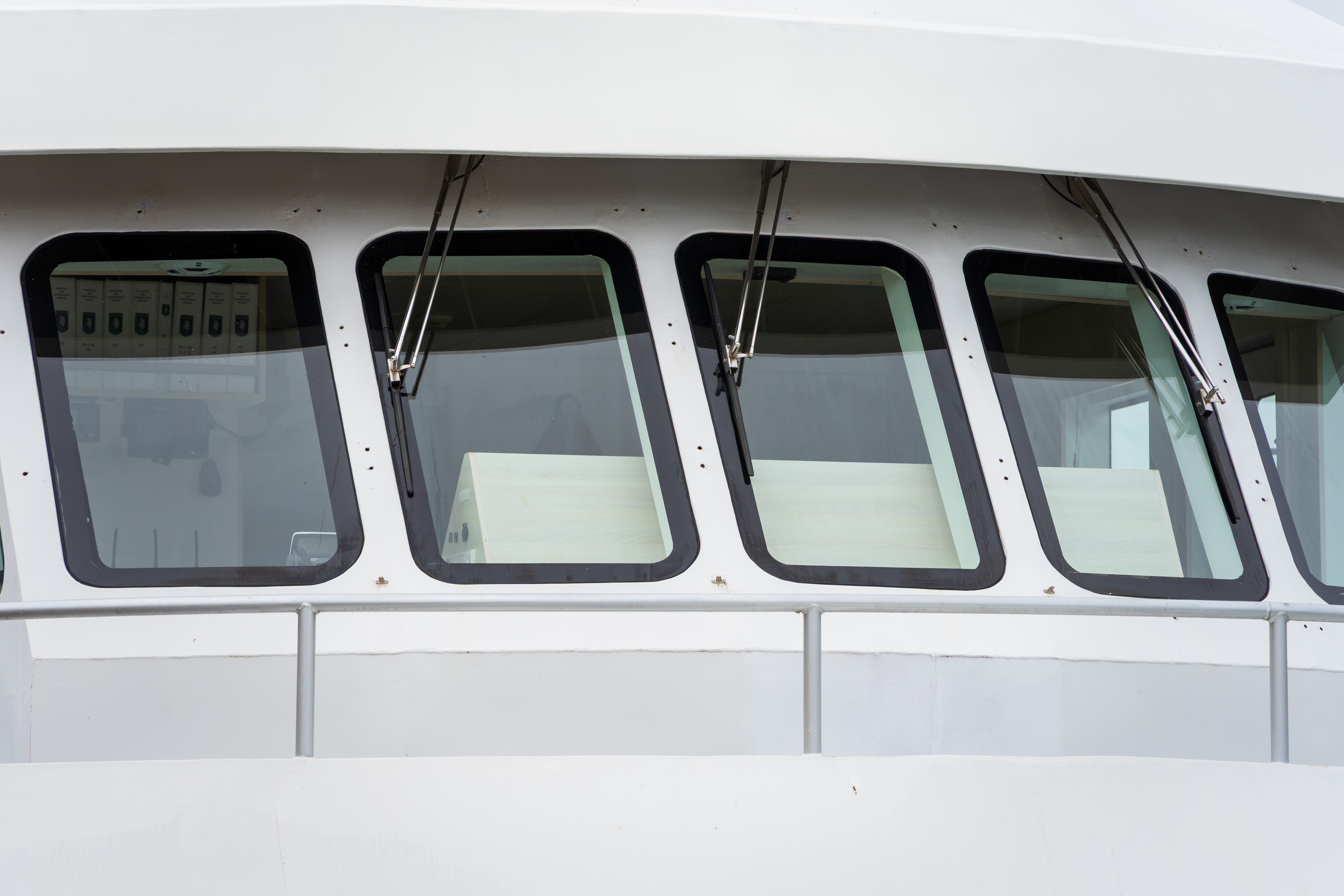


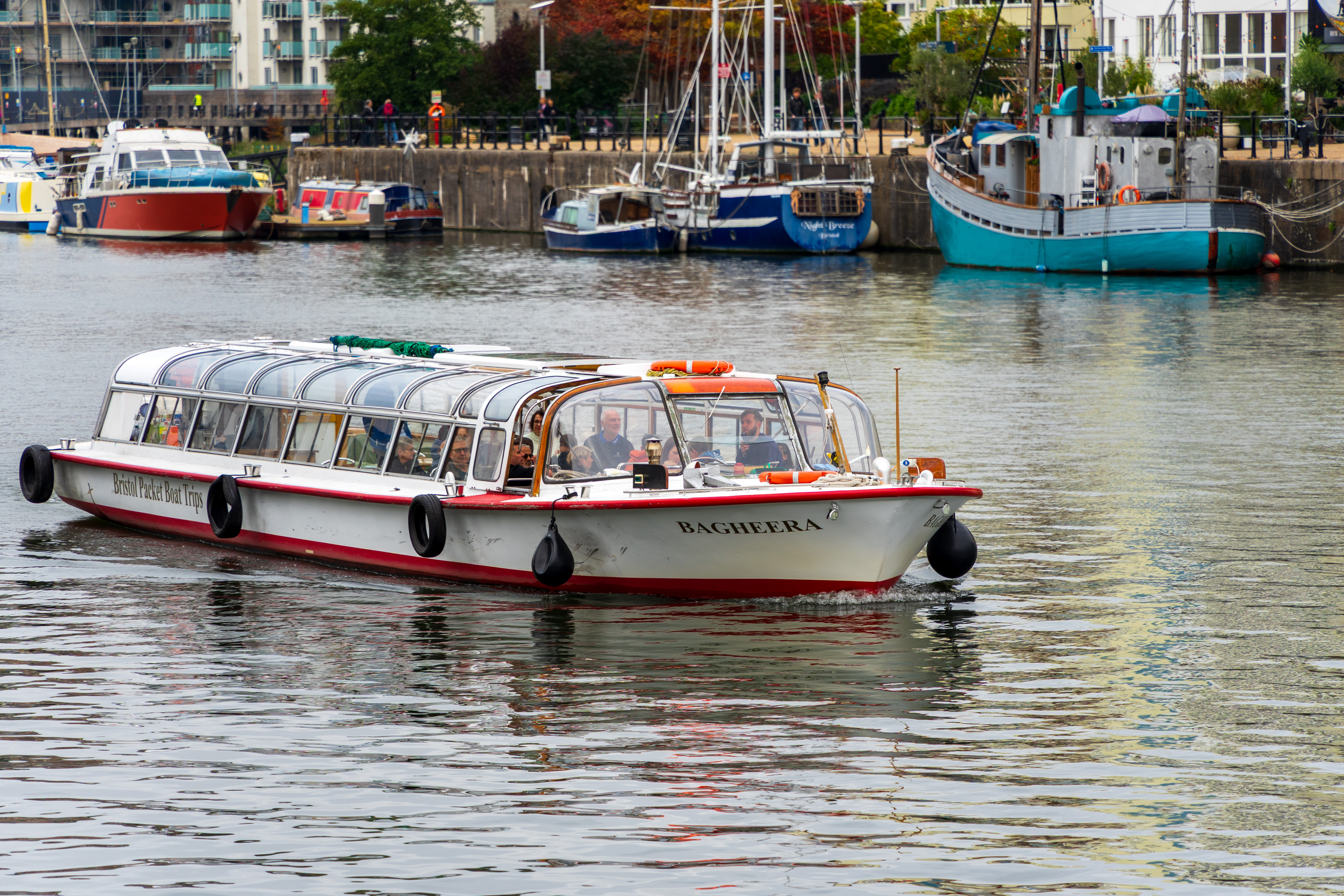





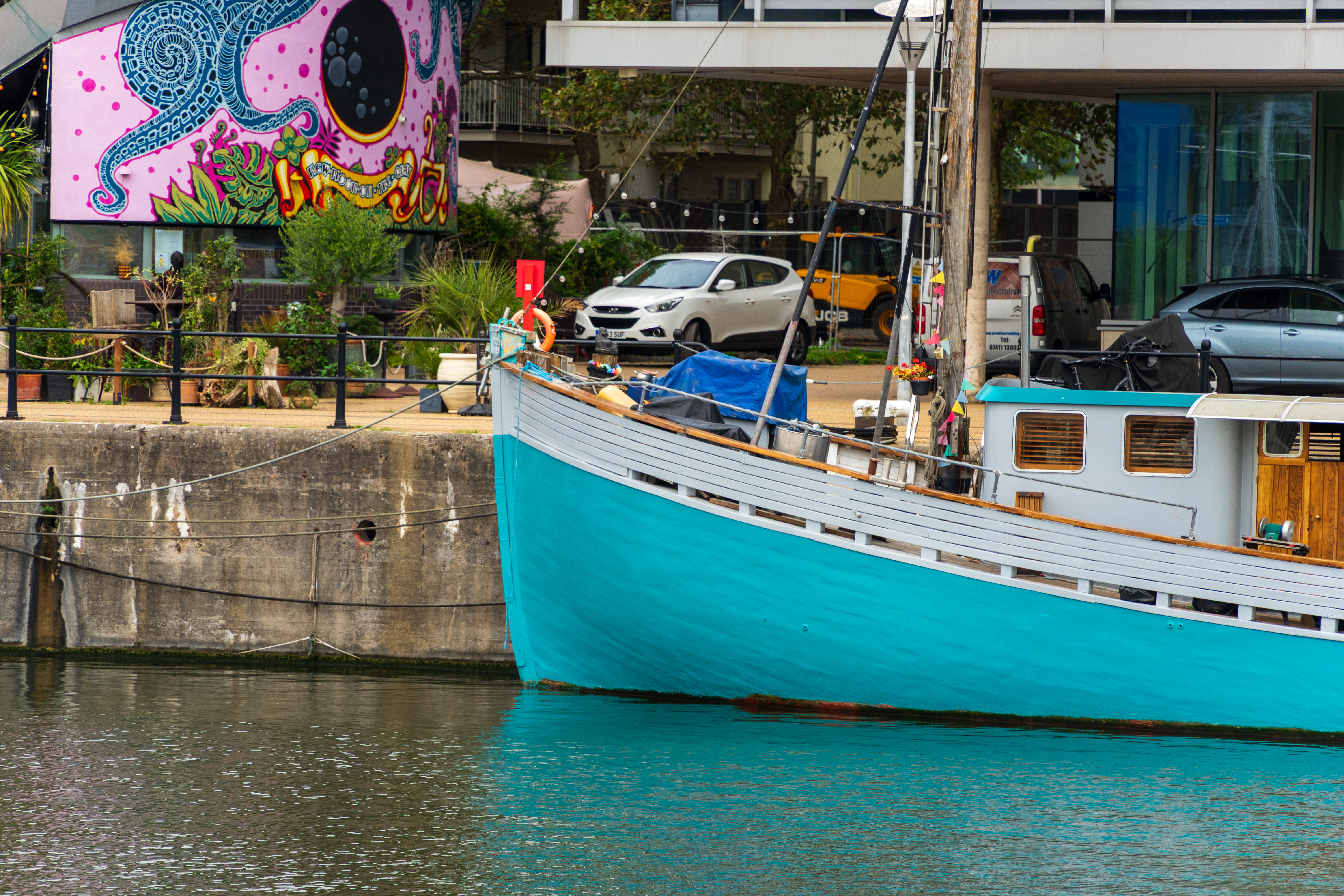
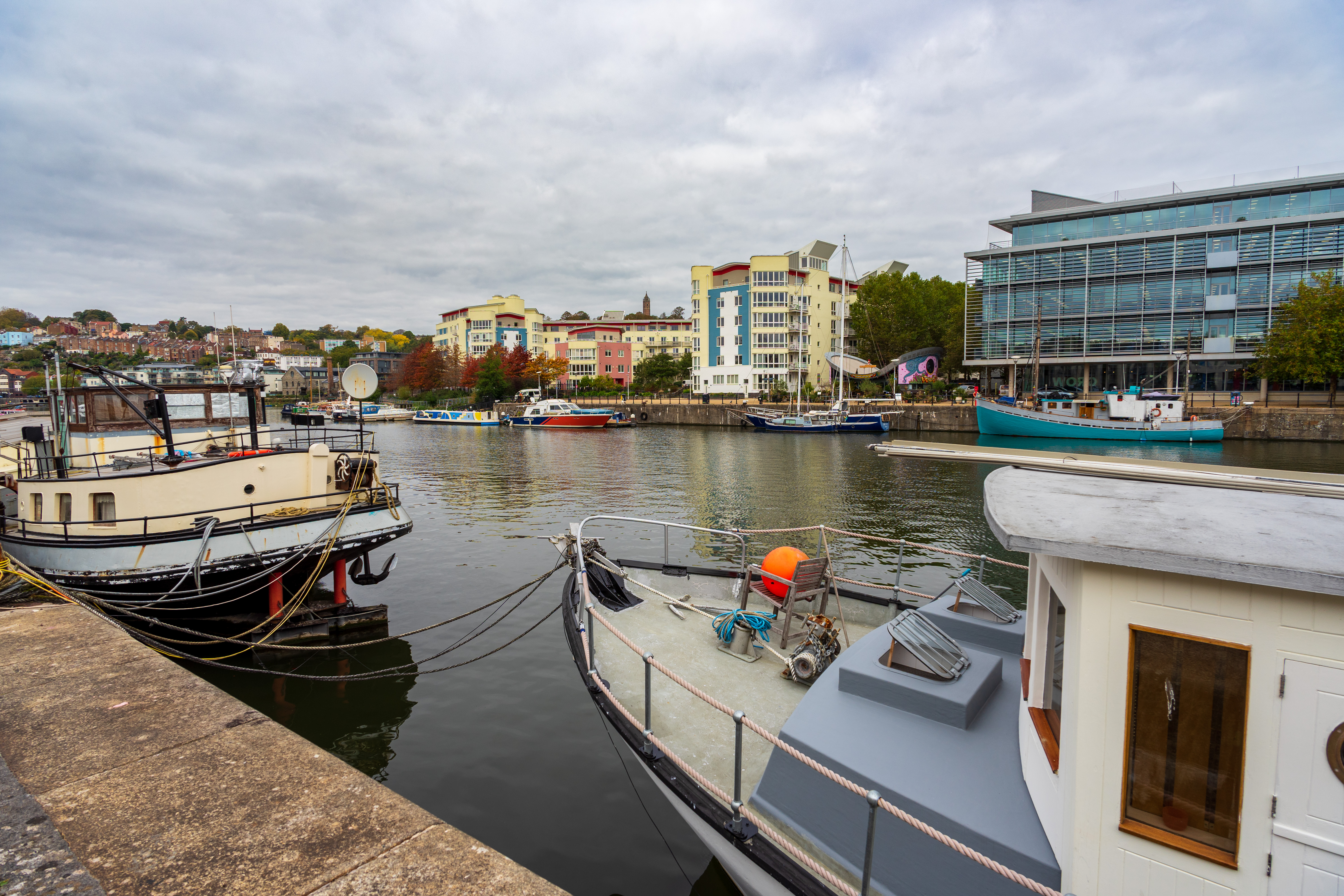


Sigma 20-200mm f/3.5-6.3 DG | C: Lab Results
We run a range of lab tests under controlled conditions, using the Imatest Master testing suite. Photos of test charts are taken across the range of apertures and zooms (where available), then analyzed for sharpness, distortion and chromatic aberrations.
We use Imatest SFR (spatial frequency response) charts and analysis software to plot lens resolution at the center of the image frame, corners and mid-point distances, across the range of aperture settings and, with zoom lenses, at four different focal lengths. The tests also measure distortion and color fringing (chromatic aberration).
Sharpness:
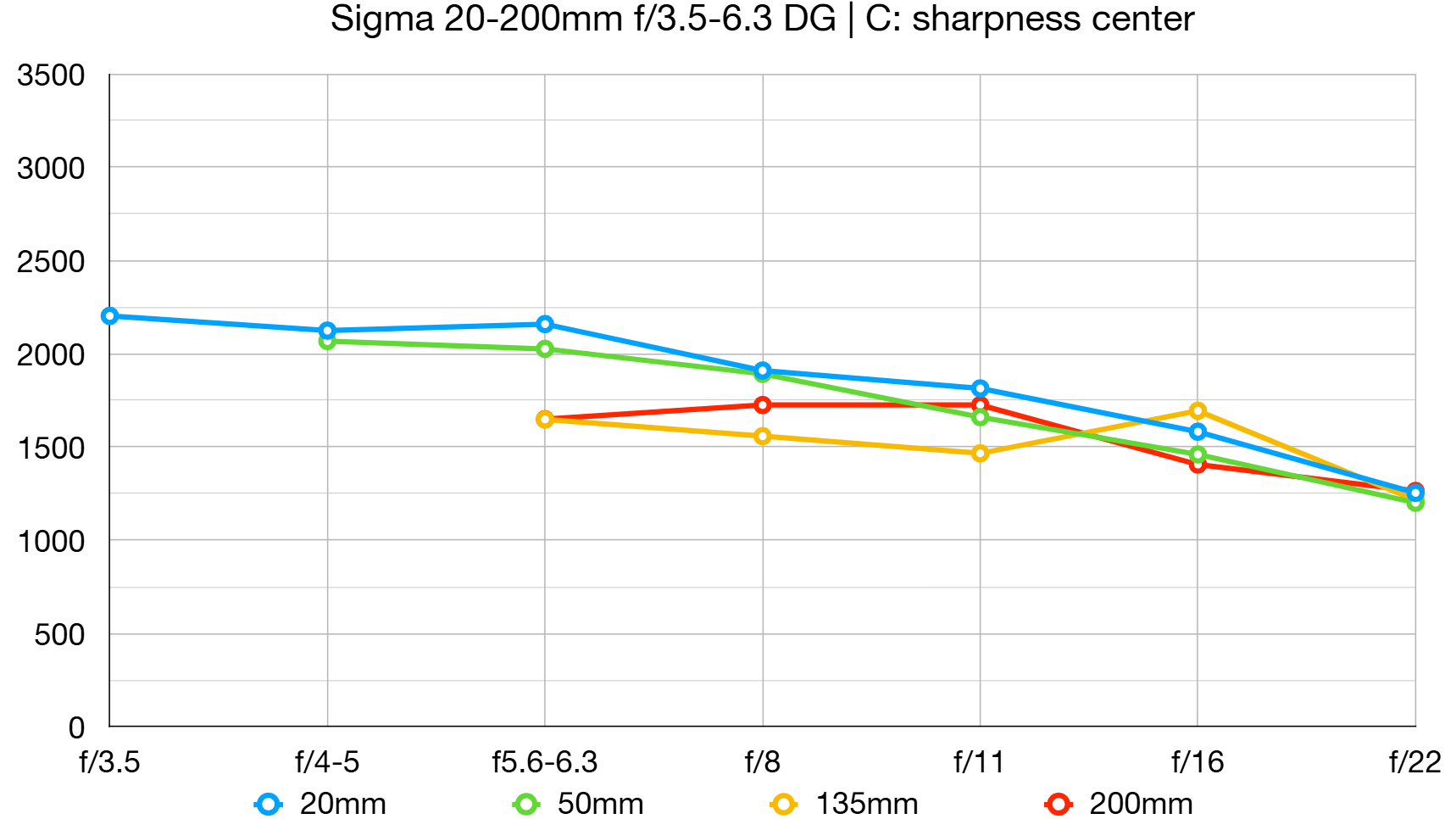
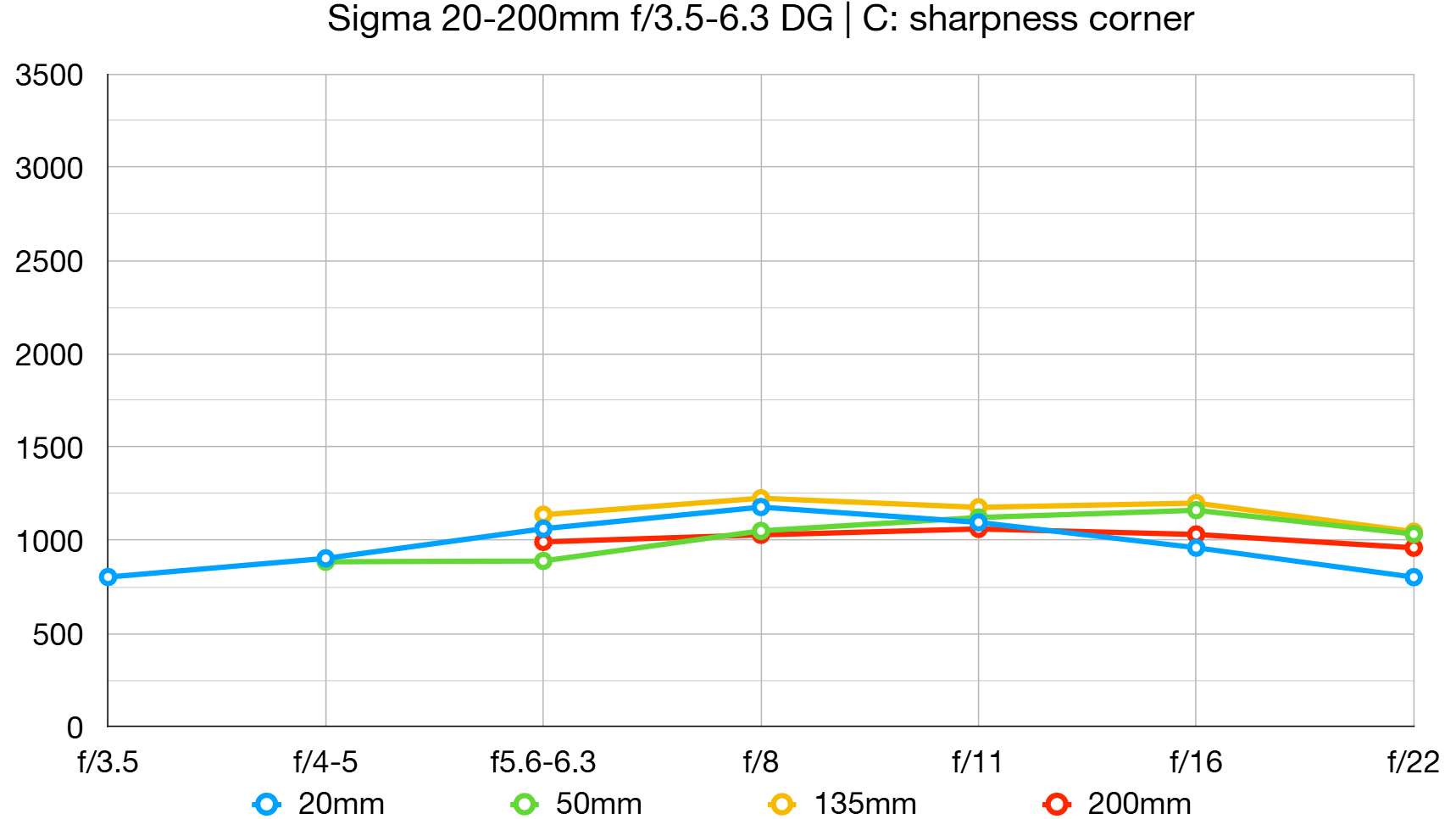
I wouldn’t expect a superzoom lens with an extra-large zoom range to be as sharp as some of the best prime and more modestly ranged zoom lenses around. Sure enough, the Sigma 20-200mm isn’t as sharp as these but it’s still very impressive for a lens of its type. Importantly for a lens that’s less than ‘fast’, sharpness is already good at the widest aperture settings although, as usual, it pays to stop down a little for the best available edge/corner sharpness.
Fringing:
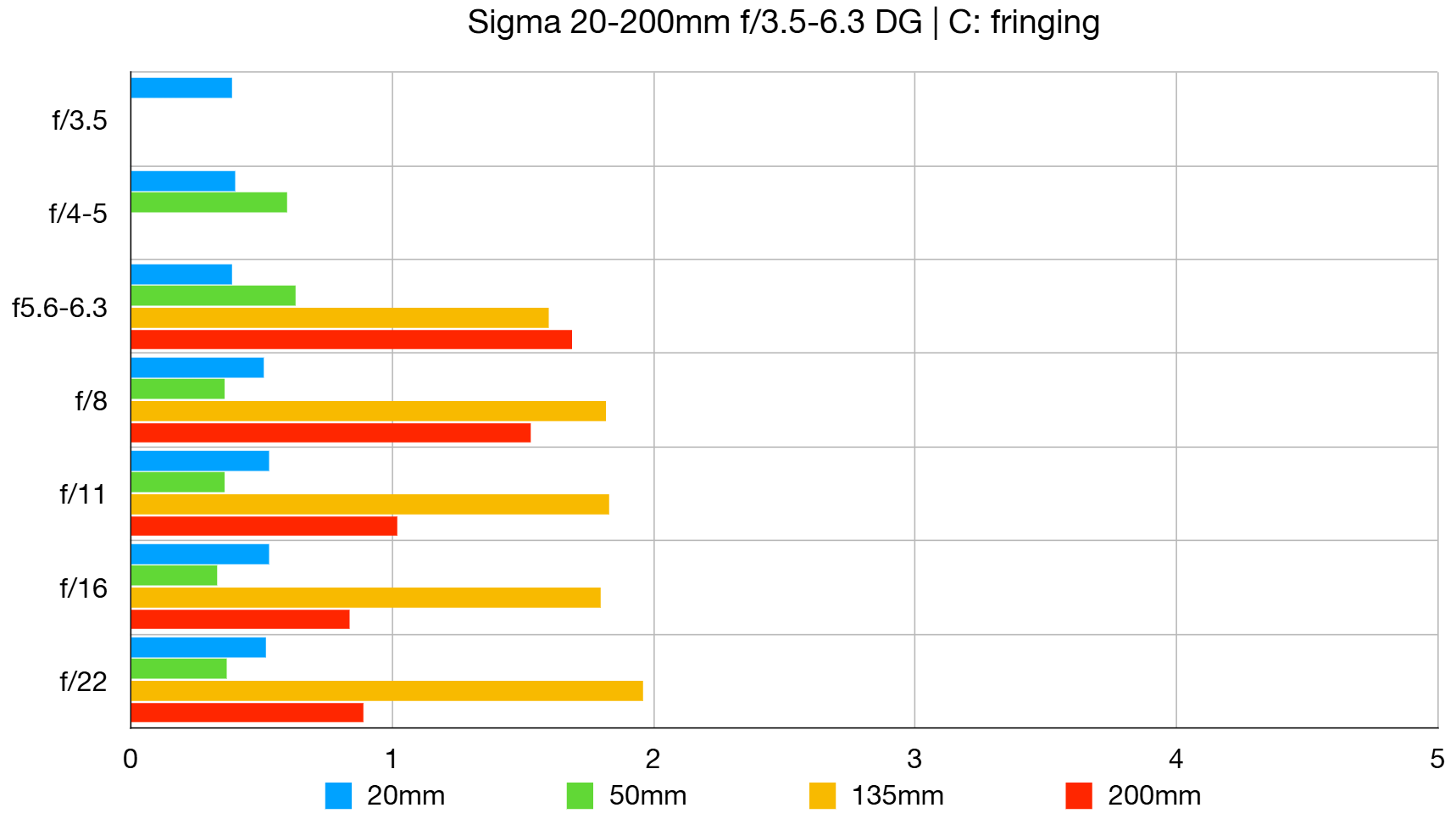
Color fringing is well controlled throughout the entire zoom range and very minimal in the 20-50mm sector. It can be very slightly noticeable in the longer 135-200mm segment of the zoom range but, even here, only at the extreme edges and corners. Either way, automatic in-camera correction is generally available.
Distortion:
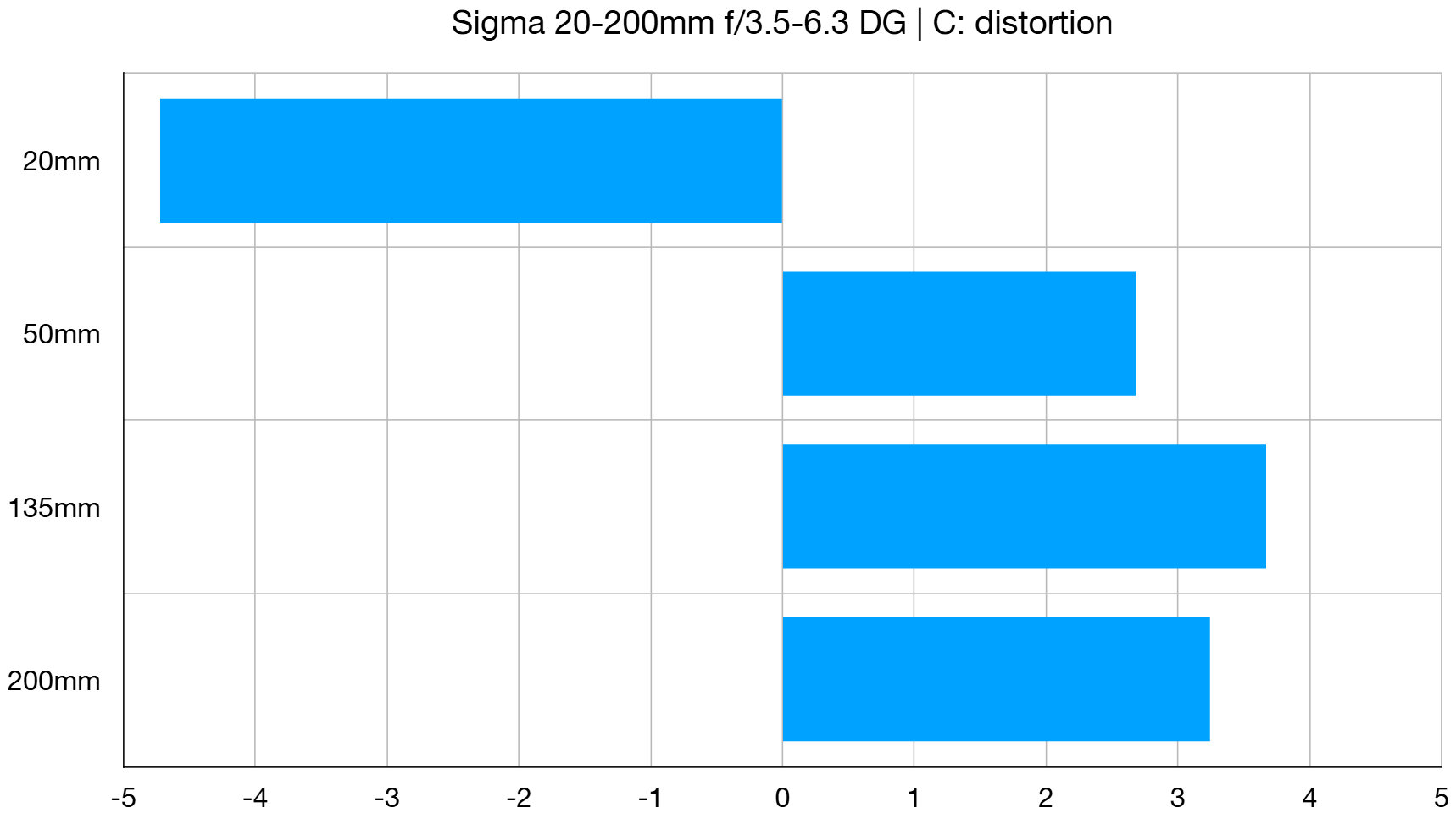
Many lenses designed for mirrorless cameras these days rely entirely on automatic in-camera correction for distortion. The Sigma exhibits fairly strong barrel distortion at 20mm, and noticeable pincushion in the 50-200mm sector of the zoom range. Even so, native distortion with automatic correction disabled is very much lower than in many competing lenses.
Sigma 20-200mm f/3.5-6.3 DG | C: Verdict
The Sigma 20-200mm is a lens that I’d definitely take along for the journey. It’s compact and lightweight, making it ideal for travel and walkabout photography when you only want to take a single lens. Of course, there’s nothing new in ‘superzoom’ lenses that aim to take pretty much any shooting scenario in their stride. However, this Sigma goes further than others that I’ve used, especially in terms of wide-angle coverage. Indeed, many APS-C format superzooms with a 1.5x or 1.6x crop factor only start at 18mm, which is just two millimeters shorter than this full-frame lens, giving a shortest ‘effective’ focal length of 27mm or 29mm in full-frame terms. The upshot is that using the Sigma at its shortest zoom setting really feels like taking the blinkers off your photography. It doesn’t feature optical image stabilization, but the vast majority of full-frame mirrorless cameras for which the lens is designed feature IBIS (In-Body Image Stabilization) which worked well in practical terms during my testing. Image quality is very pleasing, autofocus is fast and consistently accurate, and the 0.5x macro facility is another bonus. The Sigma really is an ‘all-in-one’ lens that fulfils its promise.
Features ★★★★☆ | Top of the feature list is the wide-angle coverage, coupled with a 10x zoom range, plus 0.5x macro, but there’s no optical stabilizer. |
Design ★★★★★ | Sigma has managed to shoehorn a mighty maximum viewing angle and a big zoom range into a very compact and lightweight, yet well built package. |
Performance ★★★★☆ | Image quality is very impressive for a superzoom lens but typically hampered by narrow aperture ratings. Autofocus is fast and accurate. |
Value ★★★★★ | Considering the amazing versatility of its 20-200mm zoom range, downsized design, good build quality and refined handling, it’s great value for money. |
Alternatives
The Tamron 28-200mm f/2.8-5.6 Di III RXD predates the Sigma 20-200mm by five years. The Tamron has a slightly faster aperture rating but, like the Sigma, omits optical stabilization. Wide-angle coverage is comparatively limited.
If you’re feeling sad that the Sigma isn’t available in Nikon Z mount, look no further than the Nikon Z 24-200mm f/4-6.3 VR. This lens delivers excellent image quality and all-round performance, while also featuring optical image stabilization.
Matthew Richards is a photographer and journalist who has spent years using and reviewing all manner of photo gear. He is Digital Camera World's principal lens reviewer – and has tested more primes and zooms than most people have had hot dinners!
His expertise with equipment doesn’t end there, though. He is also an encyclopedia when it comes to all manner of cameras, camera holsters and bags, flashguns, tripods and heads, printers, papers and inks, and just about anything imaging-related.
In an earlier life he was a broadcast engineer at the BBC, as well as a former editor of PC Guide.
You must confirm your public display name before commenting
Please logout and then login again, you will then be prompted to enter your display name.
